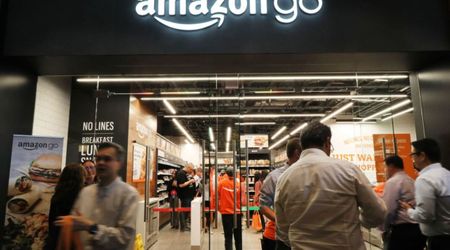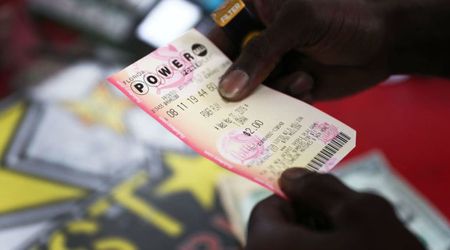Why Is Anchor Brewing, an Iconic U.S. Craft Brewery Closing Down After 127 Years?

Anchor Brewing, widely regarded as the 'oldest craft brewer' in the United States, has announced its closure after 127 years of operation. Despite surviving historic events like San Francisco's devastating 1906 earthquake, Prohibition, and two World Wars, the company succumbed to recent economic pressures that proved insurmountable, reports CNN Business.

Surviving against the odds
Established in 1896, Anchor Brewing has overcome numerous challenges throughout its history. The brewery showcased its resilience and dedication to craft, becoming an icon in American brewing.
View this post on Instagram
In a statement released Wednesday (July 12, 2023), the company confirmed that the impacts of the pandemic, inflation and a highly competitive market left it "with no option but to make this sad decision to cease operations." Despite its storied history and ability to weather previous storms, the combined effects of these recent challenges proved fatal for Anchor Brewing.
Alleged mismanagement under Sapporo's ownership
The acquisition of Anchor Brewing by Japanese beer giant Sapporo in 2017 brought about concerns regarding the brewery's management. Employees voiced complaints to VinePair about Sapporo's alleged mismanagement and lack of understanding of the craft beer industry in the United States. Singer, a representative for Anchor and Sapporo USA emphasized the challenges faced due to the misalignment between Sapporo's corporate structure and Anchor Brewing's artisanal approach, stating, "It was a struggle to find common ground and maintain the brewery's authenticity."
The pandemic's devastating blow
The COVID-19 pandemic struck Anchor Brewing hard. With 70 percent of its product traditionally sold in restaurants and bars, the closure of these establishments during lockdowns significantly impacted the brewery's sales. Singer stated in an interview with CNN Business, "The stake through the heart of Anchor was the pandemic." Despite efforts to adapt, such as rebranding and expanding distribution to grocery stores, the loss of sales persisted. In a last-ditch attempt to stay afloat, Anchor Brewing limited beer sales to California and discontinued its popular Christmas ale.
The impact of inflation and intense competition
Inflationary pressures and a highly competitive market further compounded Anchor Brewing's challenges. Rising costs of ingredients, packaging materials, and distribution added strain to the brewery's financial health. Moreover, the craft beer industry faced intense competition, making it increasingly difficult to sustain profitability. Anchor Brewing's efforts to diversify its products and capture new markets through rebranding and product diversification were not sufficient to offset these economic pressures.
Closure and employee transition
Anchor Brewing confirmed the closure, stating that the impacts of the pandemic, inflation, and a highly-competitive market left them "with no option but to make this sad decision to cease operations." Employees were given 60 days' notice and promised severance packages, according to The New York Times. While brewing operations ceased, the company continued packing and distributing its remaining beer inventory. The beer will be sold on draft until supplies are exhausted, allowing enthusiasts a final taste of Anchor Brewing's legacy.
Legacy and final reflections
Anchor Brewing's legacy as a pioneer in the craft beer movement will endure. Fritz Maytag, who acquired the struggling brewery in 1965, played a pivotal role in revitalizing the craft beer industry in the United States. Anchor Brewing's iconic Steam Beer, a pale ale, became a symbol of quality craftsmanship and innovation. The closure of Anchor Brewing serves as a poignant reminder of the challenges faced by craft brewers in an ever-changing industry. The closure of America's oldest craft brewer serves as a reminder of the challenges faced by independent breweries and the importance of supporting the craft beer community as it navigates an ever-changing landscape.
View this post on Instagram




















